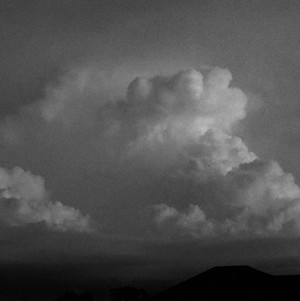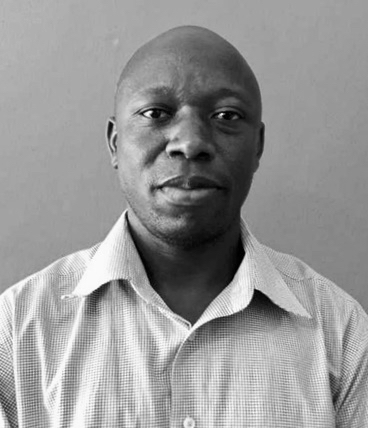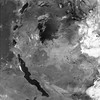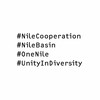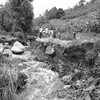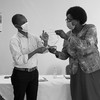A shared destiny
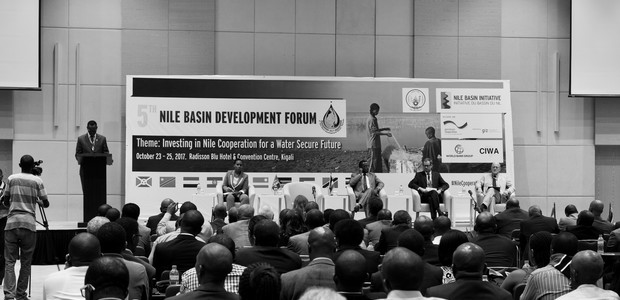
Countries all over the world invest fortunes in erecting fences and boundaries to separate their people from the rest of the world, but how much is being done to build bridges?
Nationalistic tendencies that force us to think in a box deprive us of the broader perspectives on how our actions impact the rest of humanity or how we are impacted by the activities of the rest of the world.
For example, as Western countries industrialised, they pumped vast amounts of dangerous gasses into the atmosphere, which has resulted in the phenomenon of global warming. And yet, the effects of global warming are clearly being felt more in the less industrialised parts of the world than in countries that contributed most to causing the global phenomenon.
Thinking of connections from a natural perspective, scientific evidence shows that upstream countries of the Nile River contribute most to its flow through rainfall, yet utilise the least through irrigation and abstraction of water for domestic and industrial use.
Movements and connections between the people of the Nile Basin are bound to grow.
Without building bridges between upstream and downstream countries, through communication and coordinated planning for the sustainable management and utilisation of this great resource, scientific evidence has shown that the lives of nearly half a billion people in the Nile Basin region are threatened by the spectre of rising water, food and energy scarcity – challenges that directly relate to the river’s flow.
Outside the natural realm, advances in information communication technology have added momentum to the era of globalisation – affecting everyone. And the Nile Basin community of 11 countries is not an island.
Globalisation, for example, has meant that people realise or seek opportunities, migrate and start new relationships, and exchange goods and services much faster.
For example, the number of passenger bus companies plying the Nairobi-Kampala route has increased from two in the year 2000 to more than ten to date.
Similarly, the number of South Sudanese living in Kampala and in other parts of Uganda, or in Khartoum and Nairobi, either voluntarily or because of the political instability in their country, is at an all-time high.
Wars, insurgency, governance problems and natural disasters are forcing millions of people in the region to cross borders to other countries as refugees. Some, perhaps because of specialised skills, eventually find work and blend with the newfound communities, depending on the host country’s government policies.
Regional employment, education, and sheer fate – such as two people of different nationalities falling in love and marrying – is becoming ever more common and acceptable in the Nile Basin.
Whether they are outcomes of natural disasters or voluntary exchanges, movements and connections between the people of the Nile Basin are bound to grow as the population of the region increases towards one billion people in 2050.
The anticipated expansion in population and economic activities in the Nile Basin will inevitably create new connections and interactions. But to ensure win-win situations for both upstream and downstream countries, or between communities along and beyond borders, there is a need for an atmosphere of social, economic and political cooperation to guarantee peaceful co-existence.
